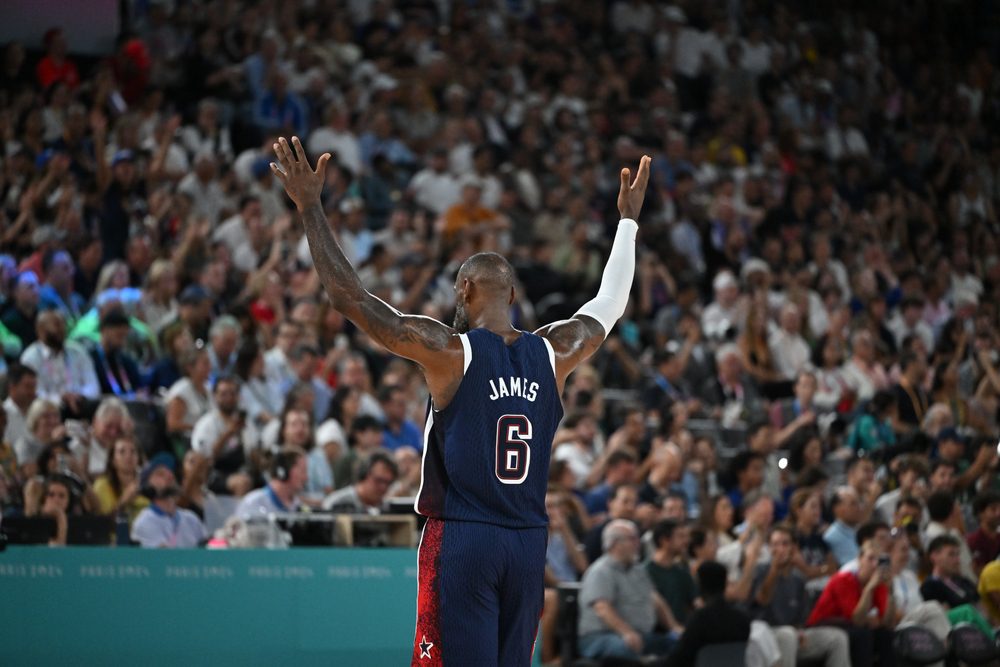Music fans may not have heard of Shelby Lynne before she took the Grammy Award for best new artist in 2001 — unless they were married women with children who were older than 25, living in suburban or rural households, with incomes between $40,000 and $75,000. With the help of e-mail, Lynne’s record label, Universal Music Group, developed and united her fan base.
Universal Music uncovered Lynne’s core demographic when it analyzed 1,018 records culled from an opt-in online fan site, says Joe Rapolla, vice president of Universal Music’s consumer marketing services division. Overlay data from Acxiom revealed that 60% of her fans were homebodies who had lived in their houses for at least five years (as well as a host of other attributes).
But there were problems pinning Lynne’s appeal within a single musical fan group, he notes, since her music mixes country, soul and pop styles. Country’s fan base tends to be male, with older children than Lynne’s base has. While pop music fans skew more female, they also tend to have higher incomes and are more highly concentrated in metropolitan areas.
Absent a clearly defined fan base, Universal Music’s task of finding look-alike fans was daunting. But the record company did have a 7 million-name e-mail file of music enthusiasts taken from across its various labels, which include A&M Records, Geffen, Interscope, Island/Def Jam and MCA. The Santa Monica, CA-based firm also had permission to contact them with relevant music offers.
The record company set up a series of rolling e-mail campaigns designed to draw attention to Shelby Lynne. Respondents were encouraged to fill out a demographic, musical taste and lifestyle questionnaire, and to indicate how likely they were to buy Lynne’s album, “I Am Shelby Lynne.” To sweeten the pot, Universal Music offered respondents a free CD, plus a chance to win a trip to the 2002 Grammy Awards presentation.
A “click here” option even allowed site visitors to obtain the location of the nearest retailer that carried Lynne’s work. (This feature was in reaction to complaints from brick-and-mortar sellers that the Internet was cannibalizing their sales.)
There also was a viral element. The record label encouraged recipients of the e-mail campaign to get friends to visit the site and sign up for a sweepstakes. At one point, the site had recorded 10,734 visitors (a 3.21% response rate directly attributable to the e-mail) and 32,764 ancillary visitors, Rapolla says. Universal Music discovered that one in five e-mail recipients shared the message with at least one other person, with many passing it on to several.
The additional data the site visitors provided allowed Los Angeles-based database marketing consultancy SourceLink to provide a fuller picture of Lynne’s fan base. While the direct respondents to the e-mail campaign, having been selected based on pre-set criteria, matched the original fan base, the viral campaign tended to bring in younger fans, although in both cases the fans skewed 2-1 female.
Fans also tended to be located more heavily in metropolitan areas, but SourceLink president Robert McKim observes that contests pull somewhat disproportionately from larger areas.
As for musical tastes, fans tended to prefer mainstream groups — those akin to, say, the Dave Matthews Band.
The campaign yielded other information useful in guiding marketing efforts on Lynne’s behalf. Half of the respondents indicated they learned about new music from the radio, and 68% said they bought music in chain stores.
To date, the campaign has generated a 960% increase in Lynne’s registered fan base. As a bonus, the microsite Universal Music set up sold $30,000 worth of her CDs. The company also added more than 40,000 names to its e-mail master file.
 Network
Network

